Estimated reading time: 6 minutes
If you’re a cat owner, you may have noticed your feline friend refusing to eat dry food. It could be due to dental issues, a preference for wet food, or simply not liking the consistency of dry food. However, wet cat food may pose potential health risks to cats who are lactose intolerant or are prone to obesity. This is why knowing how to soften dry cat food is a crucial skill.
In this article, we will discuss the ways of softening your cat’s dry food to make your cat happier and healthier.
Why Do We Feed Dry Food?
Dry food is a common choice for feeding our pets, and there are a few reasons why many owners choose to feed their cats dry food. First, it is convenient and easy to store. Unlike wet food, it does not need to be refrigerated and dry food has a longer shelf life. This makes it a practical option for busy pet owners. Dry food may also be cheaper than wet food, which can be important for those on a budget.
Additionally, it is often formulated to provide complete and balanced nutrition for our pets. Many brands offer a range of different options for specific ages, breeds, or health needs. Dry food can also help keep our pets’ teeth clean and healthy, as the crunchy texture can help remove plaque buildup.
However, it is important to remember that not all dry foods are created equal, and it is crucial to choose a high-quality brand that meets our pet’s nutritional requirements.
Preference for Wet Cat Food
Many cats prefer the consistency and taste of soft food to solid food, which is understandable since it is often richer in protein and fats. But if your cat is not used to eating wet food or if you want to avoid the potential health risks associated with canned food, then softening dry food can be a good alternative.
Why Should I Soften Dry Cat Food?
Potential Risks of Feeding Only Dry Kibble
Some potential risks can come from feeding only dry kibble. Dry cat food without water may lead to dehydration, weight gain, and urinary tract problems if your cat does not drink enough water. This is why it’s important to keep your cat hydrated and ensure they’re drinking enough water throughout the day.
Additionally, some cats can be picky eaters and may refuse to eat dry food if it’s not prepared correctly.
For Senior Cats
As cats get older, they may begin to experience oral problems such as gingivitis, tooth loss, toothache, or periodontitis. In these situations, chewing dry food can become difficult for them. Hard kibbles will rub against the surfaces of the teeth and gums, causing even more pain. Softening dry food is a good way to ensure your cat is still getting the necessary nutrients while making it easier for them to chew and digest.
Dental Issues
If your cat has dental issues, such as missing teeth or gum disease, softening their food can prevent them from experiencing pain while eating. This can also help maintain their weight and overall health since they would not avoid food due to the discomfort they have during chewing.
Best Ways To Make Dry Cat Food Soft
Warm Water
The simplest way to soften dry cat food is to mix it with water. Just measure out the amount of dry kibble you would normally feed your cat and add one part of water to every three parts of dry food. This can help make the food more palatable to your cat, as well as easier to digest.
Adding warm water to make your cat’s dry food softer can also make the food more fragrant and appealing to cats. Make sure the water is not too hot since it can destroy the nutritional value of the food. It’s better to add water at room temperature and leave the food to soften for a few minutes before serving.
Make sure the food is completely submerged in the water or broth and leave it sit for about 5-20 minutes before serving.
Broth
Instead of water, you may use a flavorful broth to soften cat food. This can be a particularly useful strategy if your feline friend needs some extra motivation to eat. A tasty chicken, beef, or fish broth could make the dry food much more appetizing; just be the enticing twist that your cat’s meal needs.
When choosing a broth, make sure it doesn’t contain onions, garlic, or high amounts of sodium, as these ingredients can be harmful to cats.
Using a Blender
If your cat has dental issues, softening the food may not be enough. They might need a completely liquid diet. Simply soak the dry food in water or broth for 10-15 minutes, then put the cat food in a blender and blend it until smooth. Adjust the consistency by adding water or increasing the amount of dry food as needed. Serve immediately, as the extra moisture can lead to spoilage.
Using Kitten Formula
Kitten formula can be a good addition to dry food to soften it. Kitten food is formulated to be softer than adult cat food, so adding it to dry food can help to make it more appetizing to your cat. Mix in small amounts of kitten formula to the dry food gradually and increase the quantity over time until your cat is happy with the texture of their food.
Combining Dry And Wet Food
Combining wet and dry food can provide the best of both worlds for your cat. It can give them the moisture and flavor of wet food while still getting the dental benefits of dry food. Make sure to choose high-quality products and monitor your cat’s food intake since this combination can sometimes lead to weight gain.
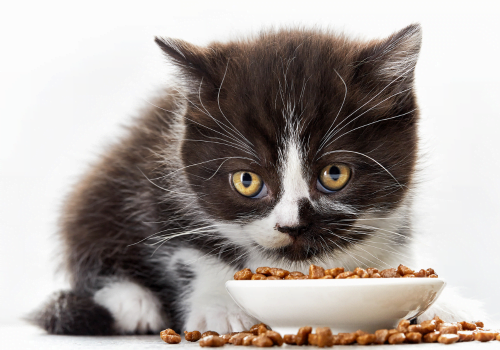
How To Encourage My Cat To Eat Softened Food
Make The Food More Appealing
You can make the food more appealing to your cat by adding different flavors or textures to the food. For instance, if your cat likes the taste of tuna or chicken broth, you can include small amounts in the food. These small additions can help make the food more enjoyable, especially for cats that are picky eaters.
Gradually Introduce Softened Food To Your Cat
It’s essential to gradually introduce softened food to your cat to allow them to adjust to the new texture and flavor. Start by adding small amounts of water to their dry food and slowly add more water over a few days. Monitor your cat’s reaction and make sure they’re not experiencing any discomfort or digestion issues.
Consult Your Vet If Your Cat Refuses To Eat It
If your cat refuses to eat softened food, it may be due to underlying medical issues or the cat being a fussy eater. In such a case, it’s best to seek advice from your vet. They may have some tips on how to encourage your cat to eat or recommend alternative diets that will suit your cat’s needs.
As an Amazon Associate I earn from qualifying purchases.


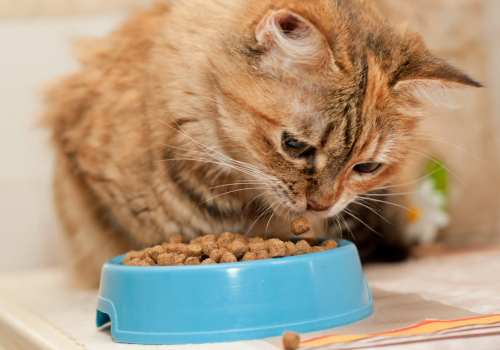

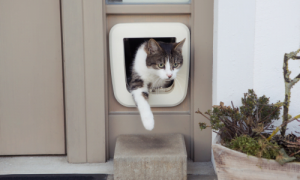
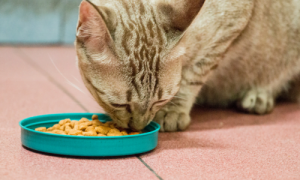
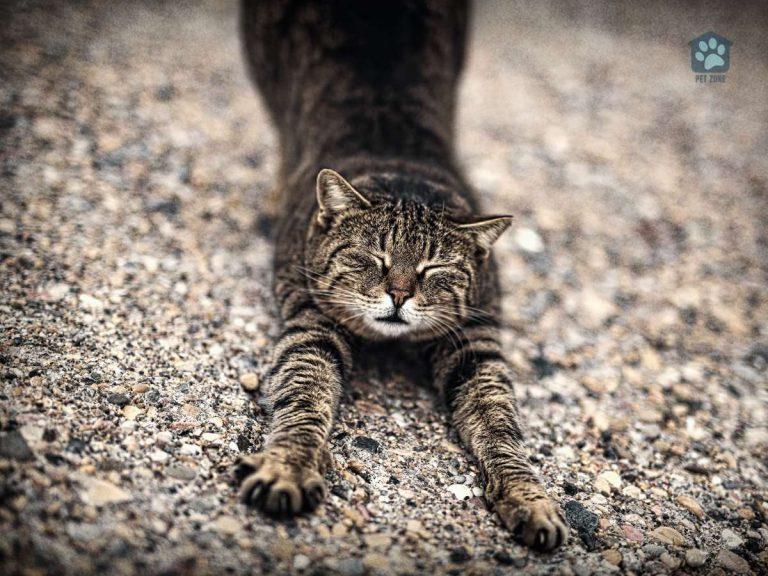
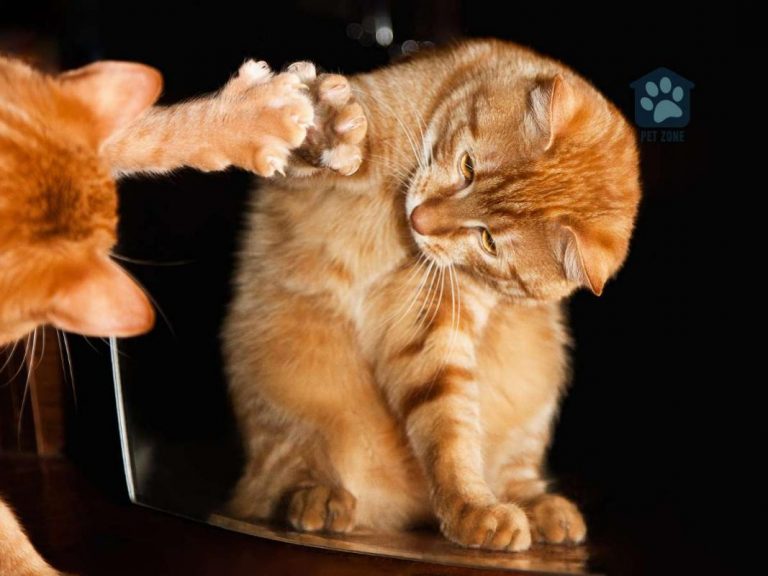
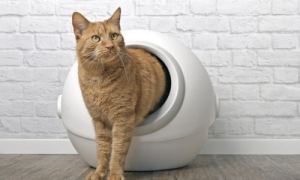
I just ordered a bunch of dry food for my new cat from PetCareRx, but she won’t even touch it. Your post has given me some very helpful ideas. Thank You.